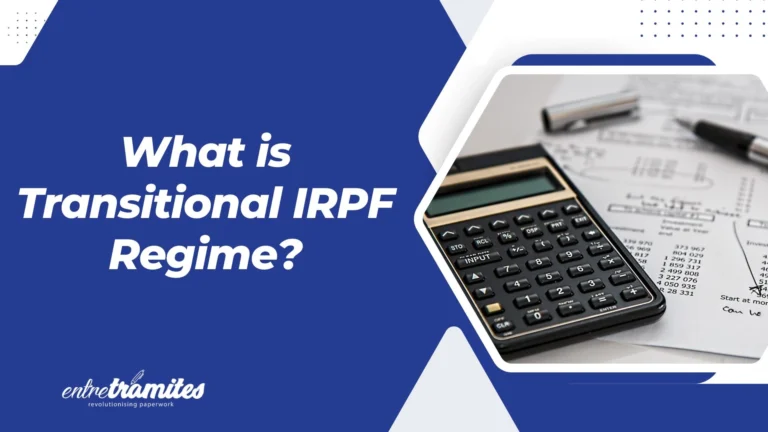Asset amortization is a key concept in the financial and accounting sphere of companies. In Spain, there are specific regulations and rules that govern the amortization of fixed assets, which has a direct impact on the accounting and financial management of organizations. In this article, we will explore in detail the asset amortization process in Spain in 2023, including the fundamental concepts, calculation methods, and legal and tax implications.
What is asset amortization?
Asset amortization is the accounting process that reflects the attrition and depreciation of fixed assets throughout their useful life. Fixed assets, such as machinery, buildings, or equipment, are not considered expenses at the time of their acquisition but are distributed over time through amortization. This is done to reflect the use and gradual obsolescence of assets, as well as to obtain a more accurate picture of the company’s financial results.
Amortization methods
In Spain, there are different amortization methods that companies can use to distribute the value of their fixed assets over time. The most common methods are:
- Straight line: It is the most used method and consists of distributing the cost of the asset evenly over its useful life. It is calculated by dividing the value of the asset by the estimated number of years of useful life.
- Degressive: Also known as accelerated amortization, this method allows for faster depreciation of assets in the first years of use. There are different formulas to calculate depreciation on a degressive basis, such as the fixed percentage of net worth method or the sum of digits method.
- Production units: This method is used when the useful life of the asset is related to its production or use. Amortization is calculated by dividing the cost of the asset by the estimated number of units produced or used during its useful life.
Legal and tax implications
The asset amortization has both legal and tax implications for companies in Spain. It is important to take into account the following considerations:
- Accounting regulations: Companies must follow the accounting rules established in the General Accounting Plan (PGC) and the Commercial Code. These regulations establish the requirements and criteria for the correct accounting and presentation of asset amortization.
- Taxes: Asset amortization also has tax implications. Companies can deduct amortization as a deductible expense in the Tax Agency. However, there are specific limits and restrictions that must be taken into account, such as the depreciation coefficients established by the Tax Agency.
- Regulatory updates: It is important to be aware of regulatory updates that may affect asset amortization. Changes in accounting or tax legislation may have an impact on calculation methods or depreciation timing.
Without a doubt, knowing the amortization methods and complying with legal and tax regulations guarantees an adequate representation of the value of the assets in the company’s financial statements. By understanding and correctly applying asset amortization, organizations can make more informed financial decisions and meet their legal and tax obligations in 2023.
Do you need more information about asset amortization?
At Entre Trámites we offer various services of management, advice, and support in bureaucratic procedures for self-employed, SMEs, and other types of companies.
Contact us! Through our contact form, you can leave your details for us to call you, schedule a free consultation, or simply text our WhatsApp.





